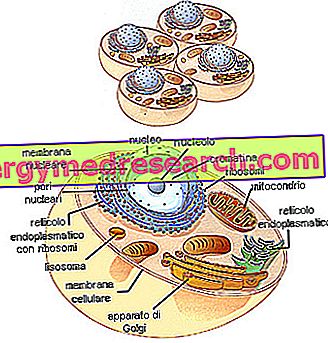
The discovery of the first antibiotic was attributed to the English bacteriologist Alexander Fleming in 1928. However, without sinning too much of patriotism, we can say that in a certain sense Fleming was preceded by Italian scholars Bartolomeo Gosio and Vincenzo Tiberio.
In 1892 Tiberius observed that the water from his well was usually drinkable, but that following the cleaning of the well, with the removal of the green mold widely distributed on the walls, the water caused unpleasant enterocolitis. After that, as molds re-formed, the water returned to being drinkable.
In 1895 Tiberius published his research in vitro and in vivo on the bactericidal power of the aqueous extracts obtained from these molds, concluding that the extracts in question had a preventive and therapeutic action.
In 1896 the Italian hygienist Bartolomeo Gosio (1863-1944) discovered that a substance produced by a mold of the genus Penicillium inhibited the growth of bacteria and could therefore be used in therapy. Gosio was the first to isolate an antibiotic substance in a crystalline state from a penicyllium. This substance, now known as mycophenolic acid, is not used in therapy because of its toxicity.
A few years later, in 1928, the English bacteriologist Alexander Fleming (1881-1955) observed a singular phenomenon in a breeding ground where staphylococci had been sown. Inside the plate, in fact, a spore from the common Penicillium rubrum mold (later classified as P. notatum ) had accidentally fallen, which had created around itself a halo in which the inhibition and dissolution of staphylococci had occurred. Fleming sensed that the mold in question produced a natural antibiotic capable of hindering or preventing the development of staphylococcus ( Staphylococcus aureus ) and gave it the name of penicillin .
From Fleming's discovery, it took over ten years for - thanks to the studies of Ernst Chain and Howard Walter Florey - to concentrate and purify the active ingredient. All three scholars were awarded the Nobel Prize for Medicine in 1945.
Penicillin was made available for widespread use in 1943 by an American pharmaceutical industry and was widely used in the last years of World War II. From that moment on, science has made numerous antibiotics available to the light: in 1944 streptomycin was developed, particularly effective against tuberculosis; in 1947 it was the turn of chloramphenicol, effective against typhoid fever; in 1948 the aureomycin was launched, effective against pneumonia and other infections; in 1949 neomycin and in 1950 tetramycin, another broad-spectrum antibiotic.



